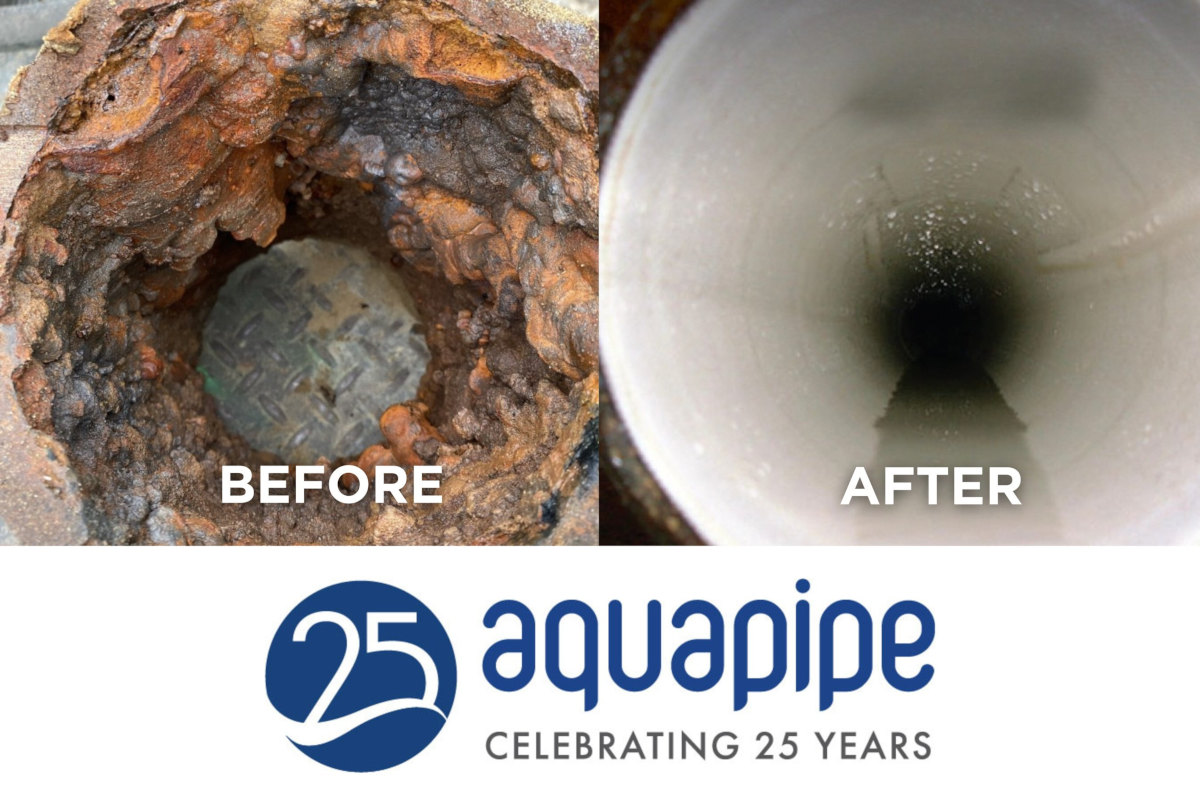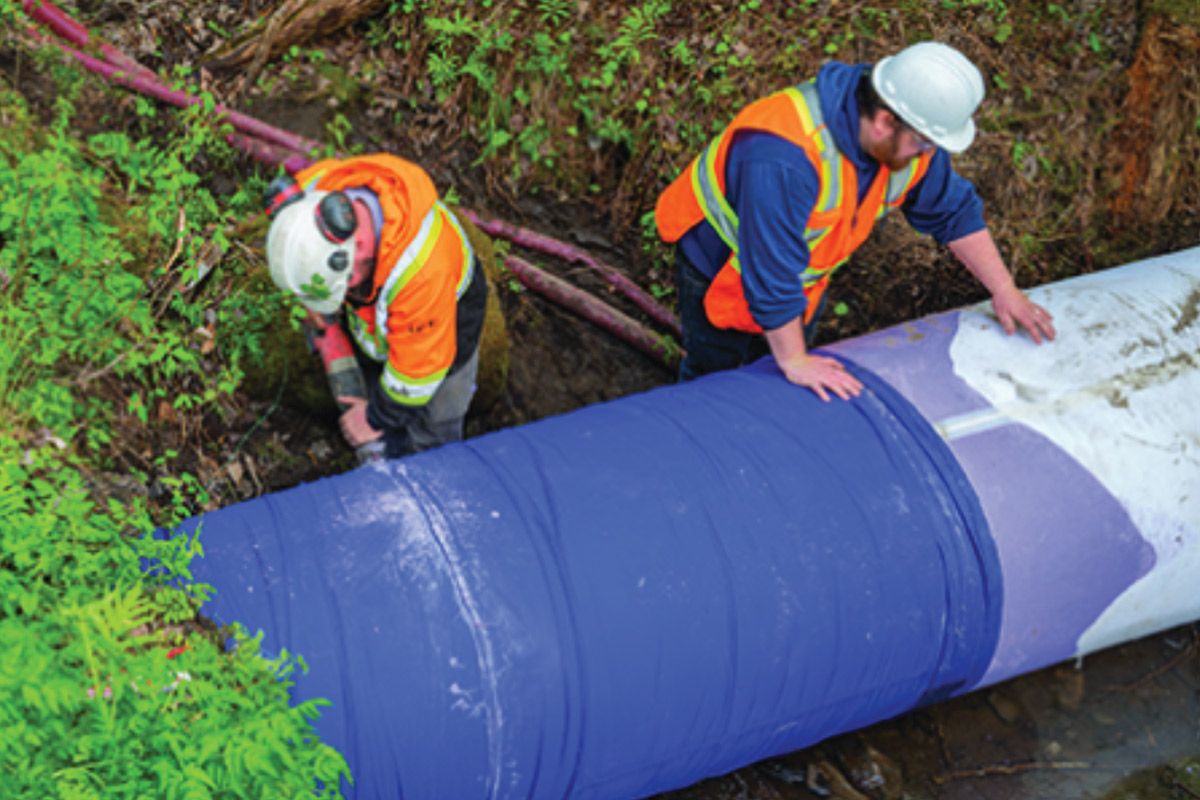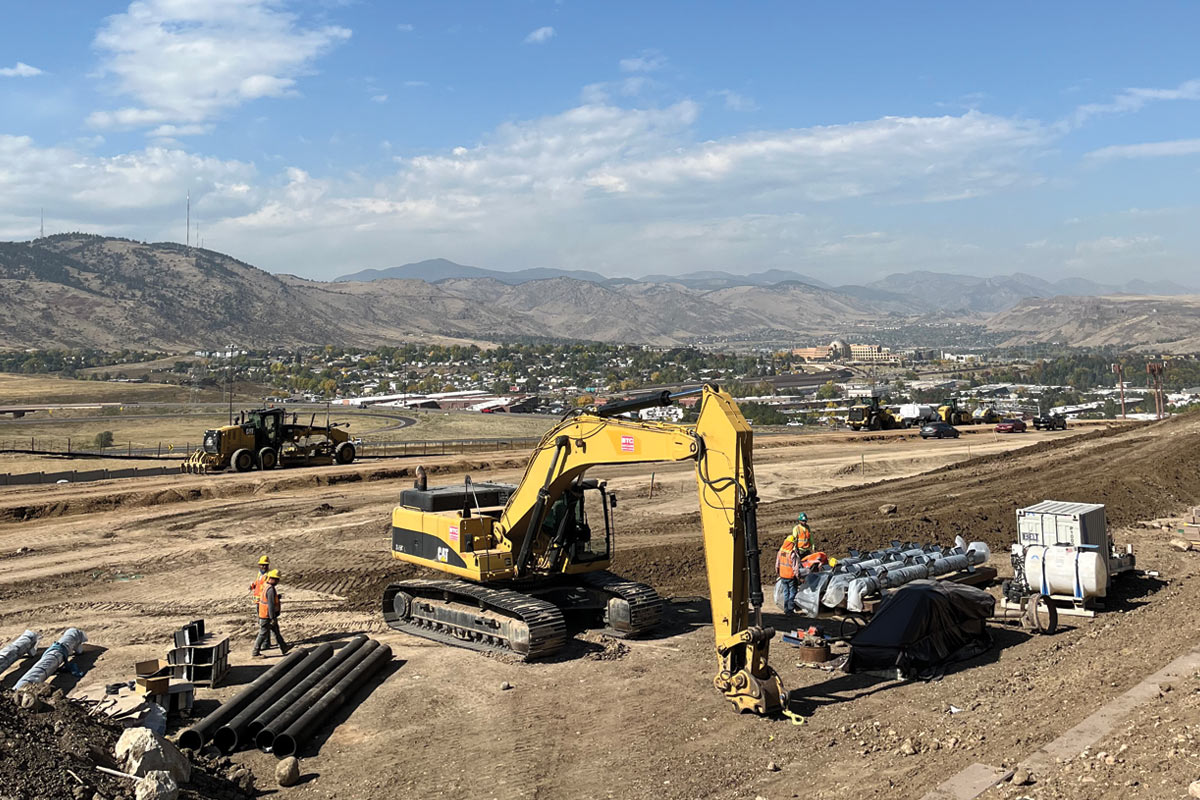
CIPP Used to Reline Wisconsin Culvert in the Winter
A highly traveled roadway leads into a small city in eastern Wisconsin.
In one section just outside of the city in an unincorporated hamlet, the two-lane highway and steep embankments on either side separate a horse pasture to the west and a densely wooded area to the east. A 60-in. segmental reinforced concrete culvert located about 25 ft below road grade connects the two.
The 180-ft long round culvert, like countless miles of similar culverts in the United States, has deteriorated, leaving the governing body to face the daunting task of maintaining the failing infrastructure before it leads to a significant issue.
The municipal entity, like many in the Midwest, had no experience with using cured-in-place pipe (CIPP) liners to rehabilitate culverts. However, officials were looking for alternative methods of repair that would restore the pipe’s hydraulic and structural integrity with only minimal disruption to motorists and neighboring properties.
Michels Corp., a Brownsville, Wis.-based utility and heavy civil contractor, recommended the trenchless CIPP technology for the project. In addition to its culvert rehabilitation services, Michels uses CIPP and sprayed-in-place pipe (SIPP) methodologies to rehabilitate sanitary and storm sewers and pressure pipes throughout North America.
After discussions and investigations, officials recognized the value of using a CIPP liner to create a one-piece, watertight pipe-within-a-pipe that would restore the culvert’s ability to convey water from one end to the other. CIPP is an effective method for rehabilitating both segmental concrete and corrugated steel culverts up to more than 100 in. in diameter.
CONDITIONS
Wisconsin’s weather and fluctuating water levels can be challenging to culverts, including durable concrete structures. Temperatures can range from summer highs about 100 degrees to winter lows below 0. The resulting freezes and thaws are among the conditions that can damage the structure. In this instance, the damage was evident on the east side where several joints had separated. As a result, some runoff water that would normally pass through the culvert was instead seeping out of it. Over time, the reduced functionality could allow the water to wash away the ground around the culvert and potentially compromise the highway above it.
RELATED: Premier-Pipe USA Does Business Its Own Way and Reaches Milestone
When Michels’ representatives inspected the culvert in the summer, the pipe’s hydraulic integrity was noticeably compromised. Additionally, some sections of the concrete were spalling and exposing the reinforcing steel. Representatives of the governing body and Michels agreed that the timing was right to bring CIPP technology to the area.

After discussions and investigations, officials recognized the value of using a CIPP liner to create a one-piece, watertight pipe-within-a-pipe that would restore the culvert’s ability to convey water from one end to the other.
SCHEDULE
Although work of this nature can be done throughout the year, it is ideally conducted during the driest times. Michels coordinated the timing of the project with the governing body’s schedule and determined winter to be an advantageous time to prepare the culvert and install the liner. The work was scheduled for late December, when water levels would be low and the jobsite would be accessible.
Due to the steep embankment separating the county highway from the culvert, it was determined that it would be best to stage the liner, air inverter and related equipment in the pasture rather than along the road’s shoulders. The deep frost offered a time- and cost-saving advantage because trucks could drive directly on top of the frozen soil instead of requiring matting.
INSTALLATION
Michels used a custom-built, 60-in. Premier Pipe fiber liner for the project. To retain the culvert’s structural integrity, the liner was comprised of six layers of felt that were impregnated with thermosetting resins at Michels’ Brownsville, Wis. corporate headquarters 75 miles away. An eight-person crew inverted and installed the 26,000-lb liner, and used steam to cure it. In less than a day, the culvert’s hydraulic and structural integrity were restored.
RELATED: Michels Pipe Services Adds Sewer, Catch Basin Cleaning
CONCLUSION
By creating a one-piece, watertight pipe-within-a-pipe, CIPP liners can be an effective, minimally disruptive way to restore the hydraulic and structural integrity of aging culverts. Michels has successfully installed CIPP liners in culverts for the California Department of Transportation (Caltrans), as well as in other parts of the United States.





